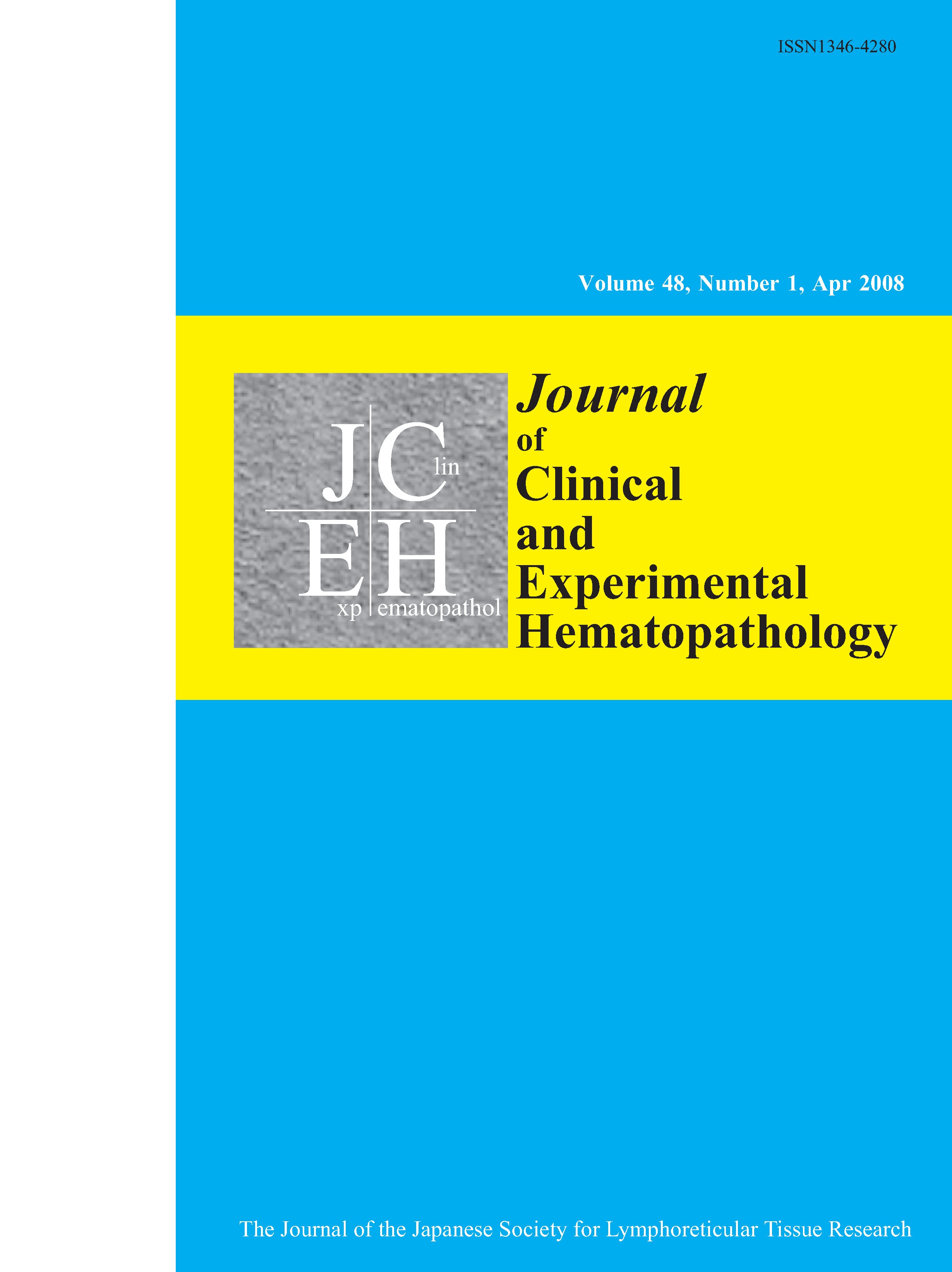Volume 59, Issue 2
Displaying 1-8 of 8 articles from this issue
- |<
- <
- 1
- >
- >|
Commentary
-
2019 Volume 59 Issue 2 Pages 46-47
Published: 2019
Released on J-STAGE: June 28, 2019
Download PDF (1424K)
Review Articles
-
2019 Volume 59 Issue 2 Pages 48-55
Published: 2019
Released on J-STAGE: June 28, 2019
Download PDF (3723K) -
2019 Volume 59 Issue 2 Pages 56-63
Published: 2019
Released on J-STAGE: June 28, 2019
Download PDF (3222K) -
2019 Volume 59 Issue 2 Pages 64-71
Published: 2019
Released on J-STAGE: June 28, 2019
Download PDF (3317K) -
2019 Volume 59 Issue 2 Pages 72-92
Published: 2019
Released on J-STAGE: June 28, 2019
Download PDF (1985K)
Letter to the Editors
-
2019 Volume 59 Issue 2 Pages 93-95
Published: 2019
Released on J-STAGE: June 28, 2019
Download PDF (2168K) -
2019 Volume 59 Issue 2 Pages 96-97
Published: 2019
Released on J-STAGE: June 28, 2019
Download PDF (1511K) -
2019 Volume 59 Issue 2 Pages 98-100
Published: 2019
Released on J-STAGE: June 28, 2019
Download PDF (1630K)
- |<
- <
- 1
- >
- >|
